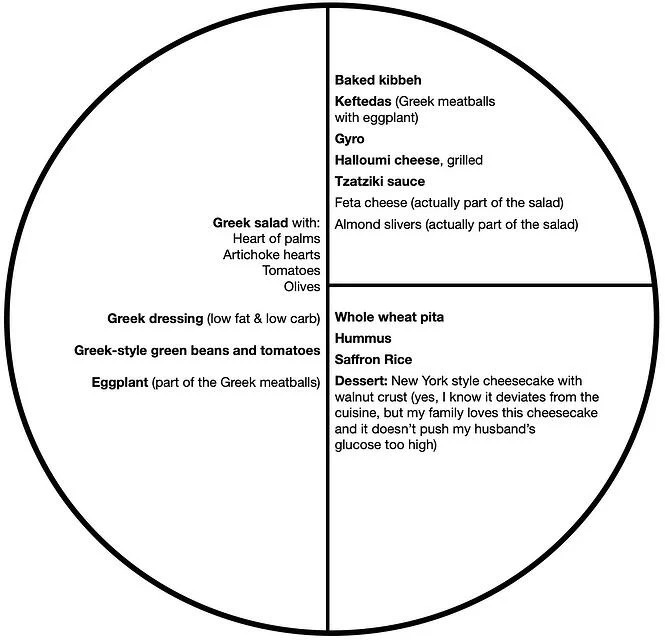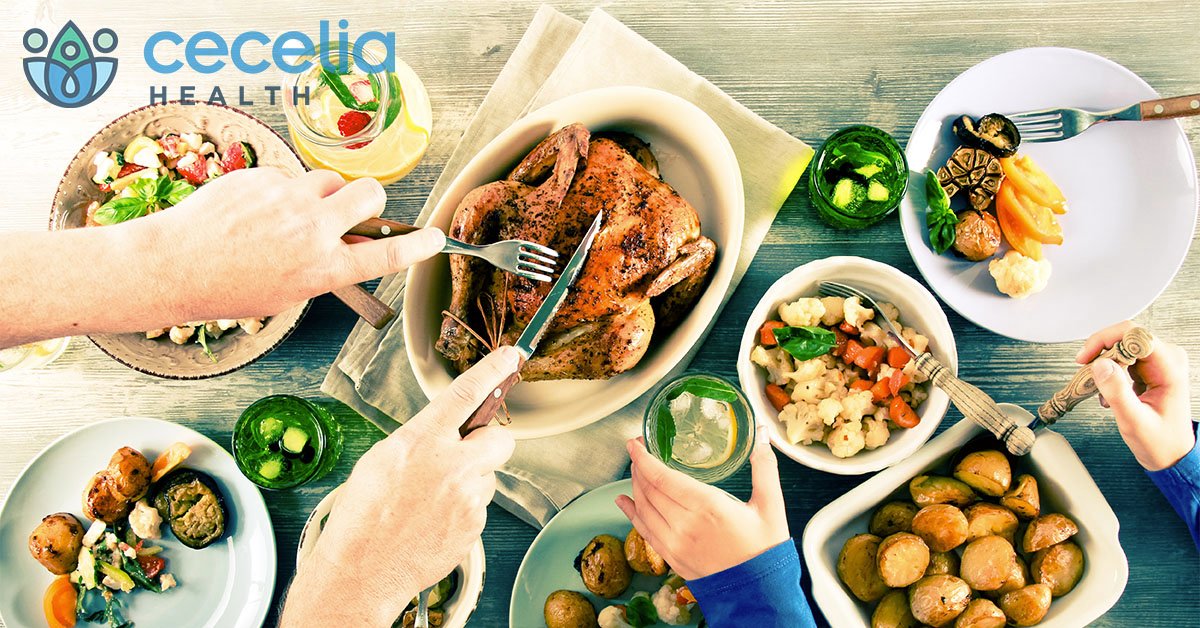In 2018, Consumer Reports stated Americans eat approximately 3,000 – 4,500 calories at a single Thanksgiving meal. Ouch! That’s a lot of calories – note: most adults eat less than 3,000 calories a day. As a health educator I am frequently asked for ideas to make holiday meals more healthy. In keeping with a less hectic holiday season, what follows is my contribution to surviving the holidays while you eat.
While this holiday season will most certainly feel the impact of the COVID-19 pandemic, some things will not change: the holidays on the calendar and the act of eating. Are you ready?
Thanksgiving dinner was always the same things growing up. And after so many Thanksgiving meals, I realized there are foods I love, foods I tolerate, and foods I-don’t-care-how-you-fix-them I do not like. So over the years I have experimented with many items. Some were successful and some were voted out of rotation. The goal never changed: heart healthy. Over time, more and more persons developed one diagnosis or/and another so my goal expanded to become carbohydrate controlled with a set structure: half of the dinner being low carbohydrate vegetable options; one-fourth protein; and one-fourth was high carbohydrate options. So what strategies did I use to reach my goal? Check out these tips!
Heart healthy has always suggested eating low fat. This is possible even at Thanksgiving. Cooking strategies that support low fat eating are baking, roasting, smoking, grilling, and steaming. While frying a turkey has gained popularity over the years, I’m not sure it supports my goal. Whatever meat you decide to cook, consider the potential fat added by the cooking method.
Broths are commonly used over the holidays for dressings, soups, and more. The broth from cooked meat was the most common source or making broth by cooking meat remnants like smoked turkey necks. Whatever the source of your broth, consider allowing the broth to cool in the refrigerator so you can skim the fat off the top. My mom always liked my dressing (her recipe) not realizing it was almost fat free.
Heart healthy also suggests low sodium – note I said sodium, not just salt and, also, I suggested low sodium rather than sodium free. Over the years I have tried to reduce sodium in my family’s diet. What I have determined all the spices in the cupboard will not replace a slight shake of salt. My salt of choice is fine grain sea salt. The finer the grain the more salt you taste. The more salt you taste, the less you use.
Additionally, when selecting foods, I try to be mindful to the sodium in the foods I buy. If an option, I will purchase fresh vegetables. If not fresh, then frozen. If not frozen, then canned. I’m always reading labels to see just how much sodium is being added to recipe. If the sodium content is 20% or more the the RDA, I consider it a high sodium product.
When planning the menu, I sketch out something like the following and begin filling in the blank. This Thanksgiving we will departing from the turkey and dressing theme for a Mediterranean cuisine. My menu looks like this:

I have deviated from the traditional Thanksgiving meal many times over the years. I’ve cooked all these foods before although this will be my first attempt to serve Mediterranean cuisine for Thanksgiving. Having been taught how to prepare these foods by the magnificent M J Nosser from my hometown, sharing her gift to me with my family will jump start the holidays for me. I’m looking forward to the warm and inviting aromas associated with these foods. The above meal also allows me to prepare most of this meal in advance. Also, this cuisine is one of my family’s favorites and COVID has infringed on our access. Additionally, it has the added benefit of including low carbohydrate options being lower in fat than the traditional turkey and dressing.
If your family is leaning more toward the traditional Thanksgiving spread, your menu may include some of these items (plus my suggestions):

If you are invited to participate in a Thanksgiving meal that leaves you totally lost and confused, don’t fret. Surviving the “holidaze” means having a strategy for the unexpected. This is one of my favorites. Get a small spoonful (about a teaspoon) of everything. Decide which thing or things you enjoyed the most and go back for more . . . BUT, do not fill beyond one-fourth of your plate for this return trip. This is not a perfect plan but a survival plan. You can happily announce you tried some of everything (while not going so far out of bounds that there’s no return).
Also, if you feel you really blew it, one of the great things about black Friday is you can walk off all that extra food from the day before! If shop-til-you-drop isn’t an option, grab a rake and start raking the yard. Just move and do something!
There’s a joke around our table: “You are what you eat. Pass the turkey please.” (Rim-shot!) Okay, so I’m not a comedian – fortunately. Bottom line: healthy eating is essential to good health. No one expects you to eat perfectly healthy 100% of the time. Have a goal and aim for the target. If you miss the bullseye, at least try to stay on the board. If you totally miss the dart board, then have a plan to compensate for “over doing it”.
COVID-19 has and may continue to be a disruption in our lives. We have to take it one day at a time. I share this “surviving the holidaze” not to give you one more thing to worry about but rather so you know that even though we have not met, you matter. Enjoy the season. Find your peace.
I wish you and yours a season of thankfulness, hope, peace and love.
